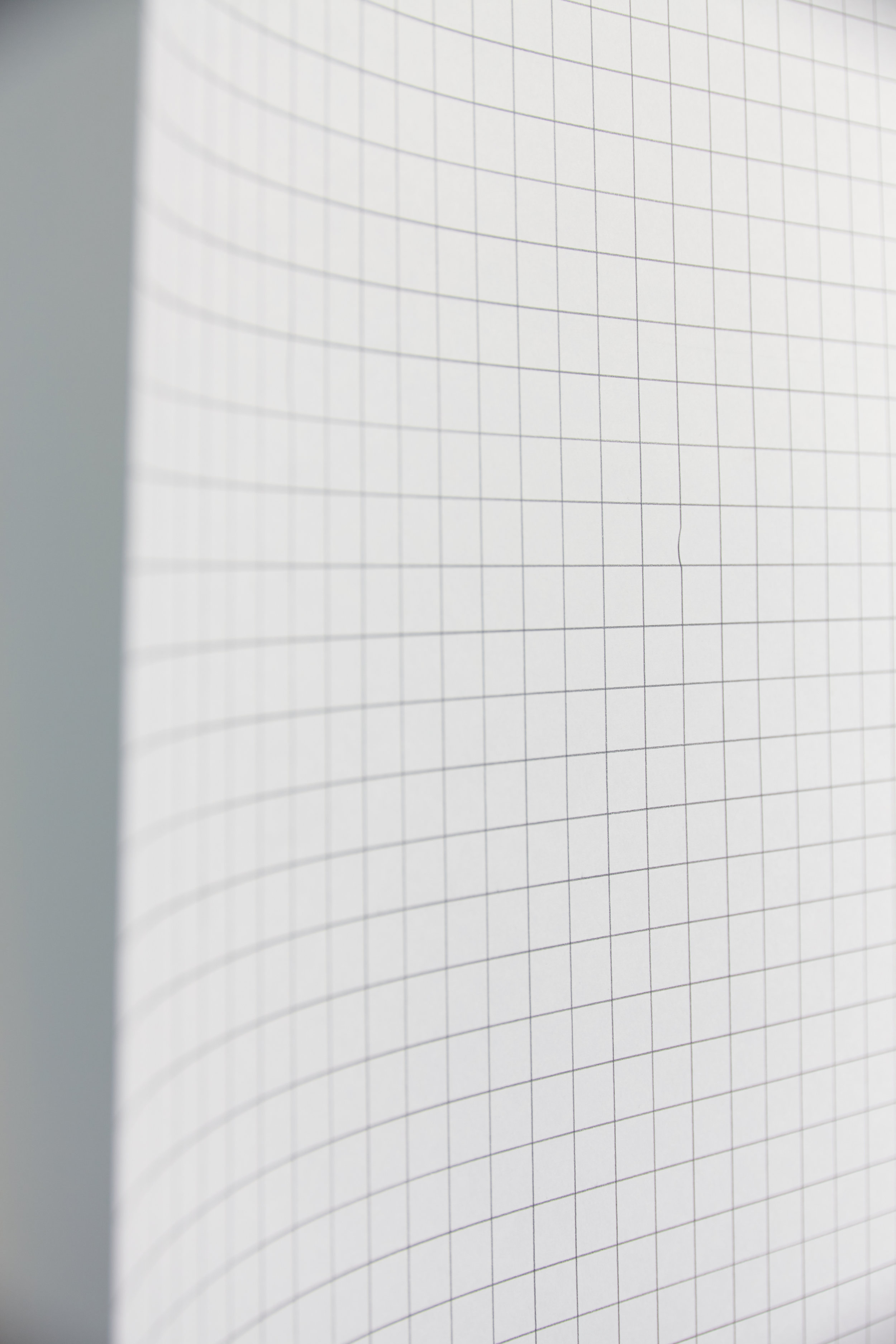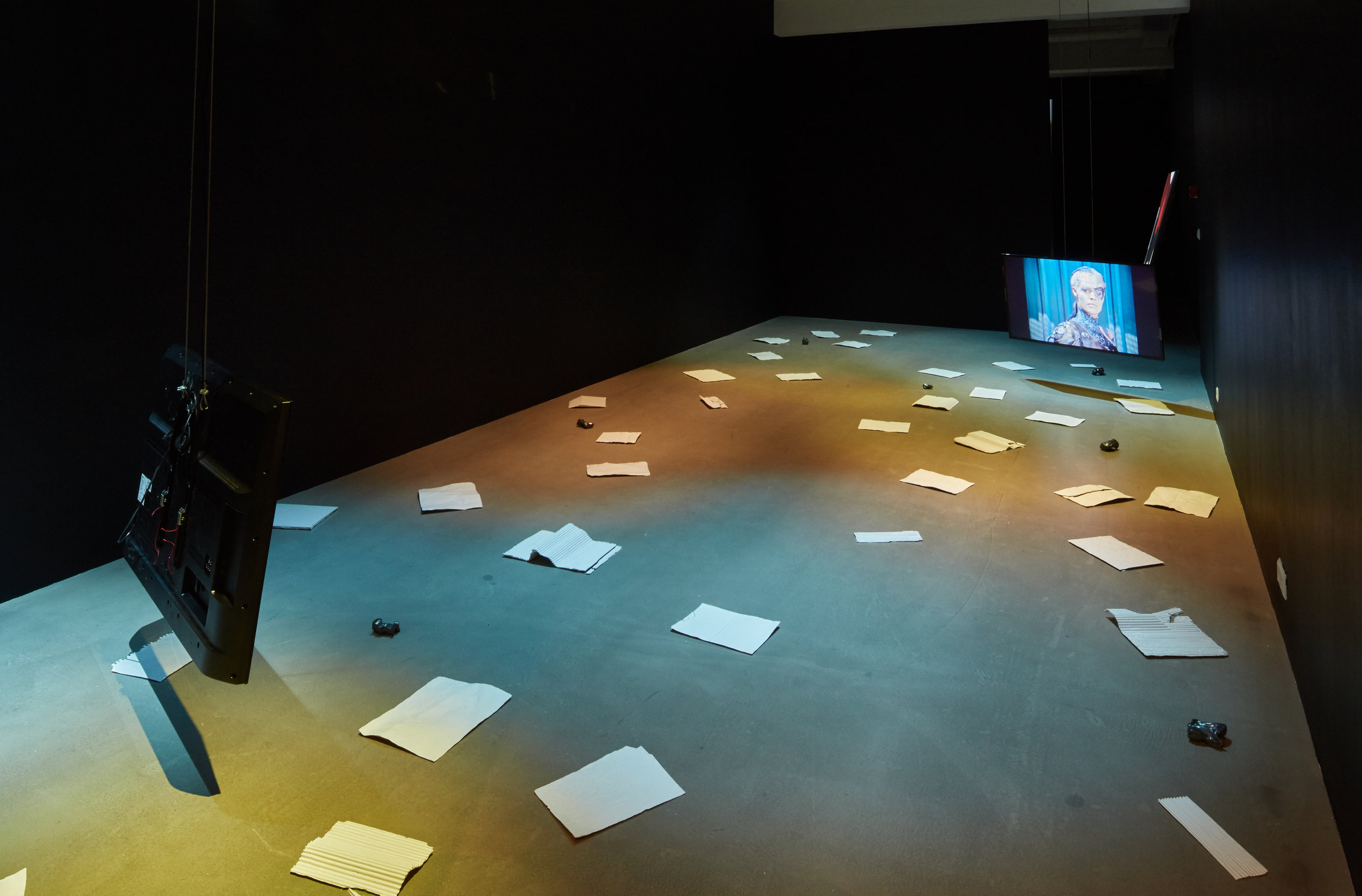Desiring Solid Things
Kling & Bang, 8th of December 2018 - 20th of January 2019
In the exhibition Desiring Solid Things, the artists Elísabet Brynhildardóttir and Selma Hreggviðsdóttir explore the complex world of emotions humans can have towards objects and their materiality. Elísabet and Selma have a long history of collaborative projects such as exhibitions, publications and other projects in the field of visual art.
In conjunction with the exhibition, a book was published containing a collection of love letters to an object, written by 12 artists and writers. The authors of the love letters are John Ryaner, Aniara Oman, Ásdís Sif Gunnarsdóttir, Katrín Inga Jónsdóttir Hjördísardóttir, Bjarki Bragason, Jóna Hlíf Halldórsdóttir, Hjálmar Stefán Brynjólfsson, Hildigunnur Birgisdóttir, Abraham Sapién Córdoba, Helen Grøn, Hayley Tompkins and Lauren Hall.
Press: Lestarklefinn (Icelandic) and Artzine (Icelandic)
Text written by Lauren Hall on the occasion of Desiring Solid Things
Corona
Here we all are, high up in this building, able to see further than when we were lower. Having travelled up the stairs, risen in the elevator, we’re in this space. The title of the exhibition; Desiring Solid Things, states a want. A want perhaps on the part of the artists, or maybe by us, the people moving through the world seeking out works in a gallery. ‘Desiring’ describes an immediate nowness, but the works in this exhibition take place over time, either through video, or through the generous clarity with which they reveal their making: a three-dimensional surface is mapped, a line is drawn using a ruler and a body.
This exhibition presents itself in the structured manner of the arm of a clock passing around time.
These objects reveal themselves in a way that distorts, projects, reflects or undermines their solidness. This exhibition rejects calcification. A way to speak around these works could be to name the objects the artists have used. Clay, velvet, graphite, paper, mirror. It could also be useful to speak of the objects that are not solid. Light, sound, gravity. The artists have allowed thingness to include those objects we can’t grasp.
kr
Corona, latin for crown is an aura of plasma that surrounds the sun and other stars. We can see it most easily during a solar eclipse. Celestial editing. Works in this show offer this type of reveal through obfuscation, by removing artworks from plinths, or placing artworks that normally ask for a plinth on the ground. These artists are offering suppositions about heirarchies of both material and its presentation.
The Icelandic króna describes a universally accepted value of an idea of money, and these works flex like an exchange rate. They respond to their context, but the context is sensitively arranged in this show, where a curtain normally reserved as a functional tool to see the light from a projector is used as a work in itself, and where a drawing acts as a screen, moving further towards architecture. They’re less like gold (a real, gleaming thing) and more like money (a variable store of value, a concept).
The curtain is both the work and the context in the way cinema exists in a cinema. The projected videos that swirl through a digital rendering Einar Jónsson’s self-invented museum support surfaces are ephemeral beams of light made visible by the architecture of the gallery and the machines that translate digital code into an image. The projectors hum and heat up. The eye of the projector as the sun.
When speaking about currency we often use water metaphors (liquid assets, cash flow, the dot-com bubble). These works describe the difference between riding a wave and building a bridge.
✺
People who were previously without hearing sometimes describe being surprised that the sun doesn’t make a sound, and that the sound doesn’t change when radiating on different surfaces.
↷
Vertigo is a symptom, rather than a condition itself. It’s the sensation that you, or the world around you, is moving or spinning. This feeling may be barely noticeable, or be so severe that it becomes almost impossible to perform daily tasks.
Vertigo can also be classified into objective, subjective, and pseudovertigo. Objective vertigo describes when the person has the sensation that stationary objects in the environment are moving. Subjective vertigo refers to when the person feels as if they are moving. The third type is known as pseudovertigo, an intensive sensation of rotation inside the person's head. If we receive conflicting sounds and images from our environment, we don’t know which way is up, which way to look. These artworks direct attention and concentrate our gaze. They invite us to pay attention like all artworks, but don’t command attention due to their inherent costliness. They’re a golden coloured aura rather than a gilt frame.
↠
If you feel dizzy you’ve lost control of the fluid moving through your body, and loss of control is a theme used by directors of thrillers because of the horror it conveys. In the film Vertigo, Alfred Hitchcock talks about his own choices as a director through Jimmy Stewart’s character; a man obsessed with a dead lover who attempts to recreate her through the raw material of a living woman. Kim Novak as Madeleine/Judy gazes at us and the camera, literally objectified by her maker. Contrast this with the image of Seven of Nine in Star Trek: Voyager; a human created by a computer. Here we pivot between subject and object.
Scottie: “Did he train you? Did he rehearse you? Did he tell you what to do and what to say?”
Seven of Nine: [Kisses The Doctor on the cheek] “That was a platonic gesture. Do not expect me to pose for you.”
♔
Attention wants an audience. Sculptures want space to occupy. A plinth wants something to show off. The fragile ceramic works we have here rely on our care and support to survive. They are asking to be treated with kindness and invite a careful bodily experience on the part of the viewer. This drawing is made with tools that offer order (the ruler) and chaos (the body; a thumb). Their lightness in making reflects the airborne camera in the swirling videos of the interior of the Einar Jónsson Museum. Here we have a gas instead of a solid. The Sun rather than Earth, the króna rather than a crown.










